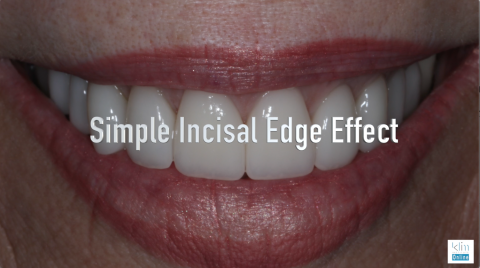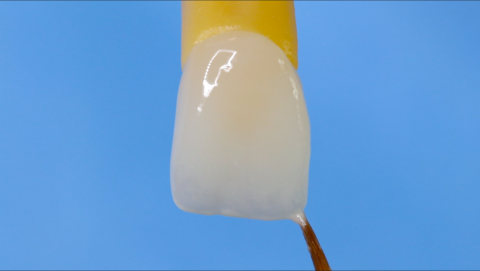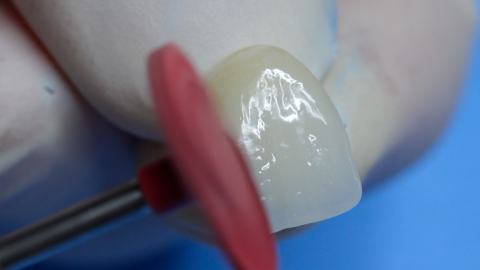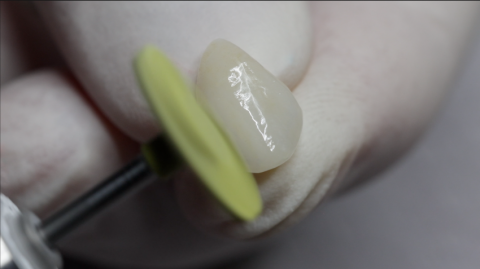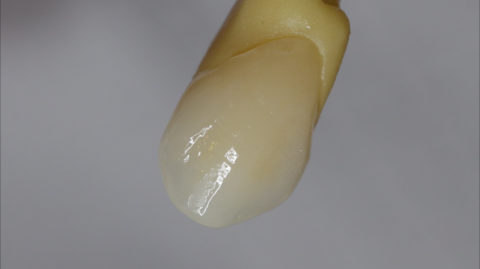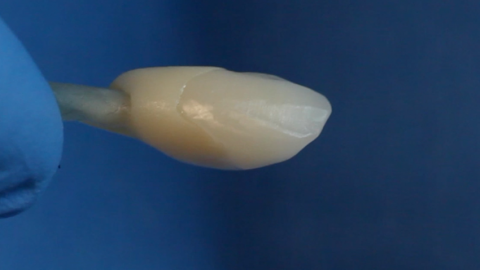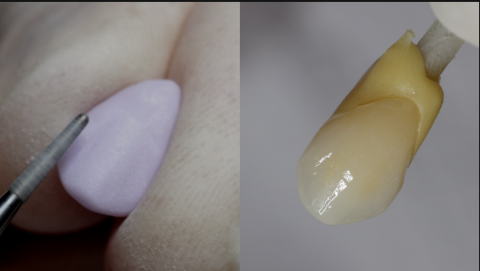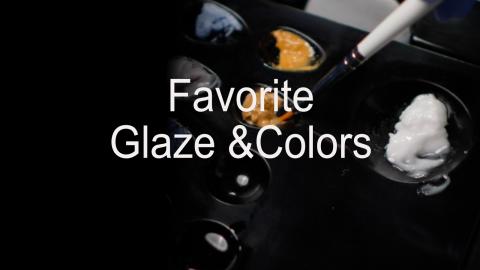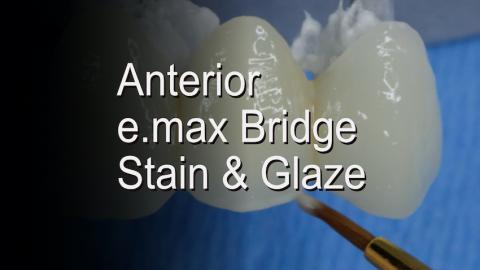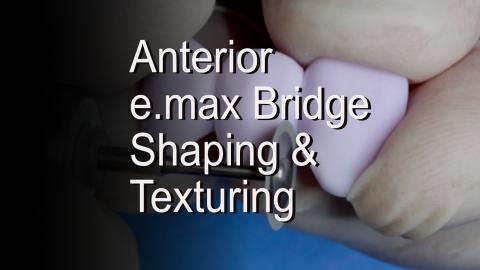Submitted by James Klim DDS, CADStar host on 07/12/2022 - 9:57pm
Submitted by James Klim DDS, CADStar host on 05/15/2022 - 9:27pm
Submitted by James Klim DDS, CADStar host on 05/15/2022 - 9:23pm
Submitted by James Klim DDS, CADStar host on 03/29/2022 - 12:41pm
Submitted by James Klim DDS, CADStar host on 03/28/2022 - 9:52pm
Submitted by James Klim DDS, CADStar host on 03/28/2022 - 9:48pm
Submitted by James Klim DDS, CADStar host on 03/28/2022 - 9:06pm
Submitted by James Klim DDS, CADStar host on 02/15/2022 - 7:37pm
Submitted by James Klim DDS, CADStar host on 12/26/2021 - 5:01pm
Two stain and glaze systems work very well in my clinical theater, Ivocolor by Ivoclar Vivadent and MiYo by Jensen. Ivocolor is the most efficient and straightforward system, whereas MiYo colors have more depth perception and work well on zirconia and LT e.max ceramics. However, MiYo takes more time and is not an efficient appointment support system. This video will document the steps and colors used for an anterior e.max bridge stain and glaze technique.
Submitted by James Klim DDS, CADStar host on 12/26/2021 - 4:20pm

